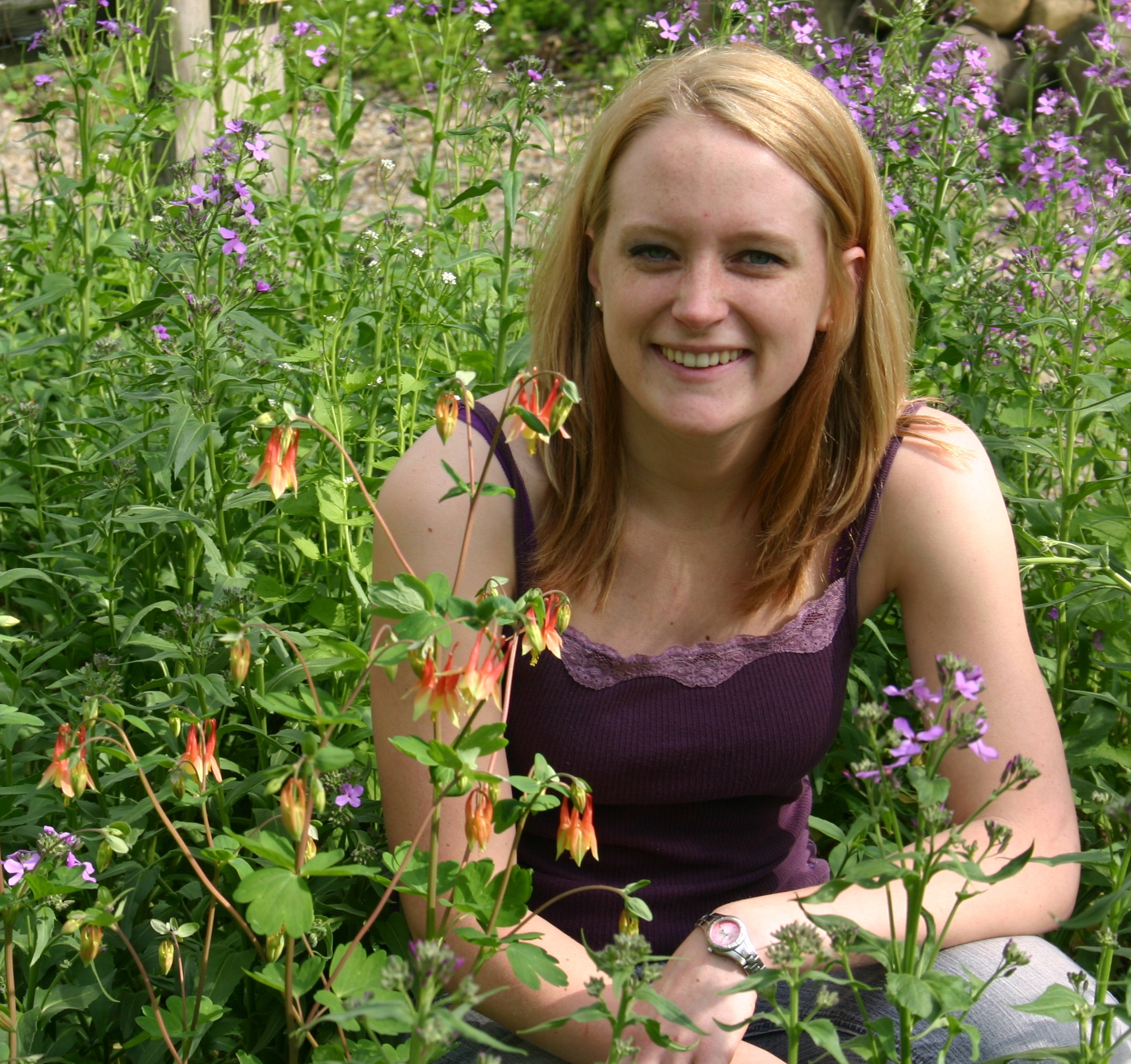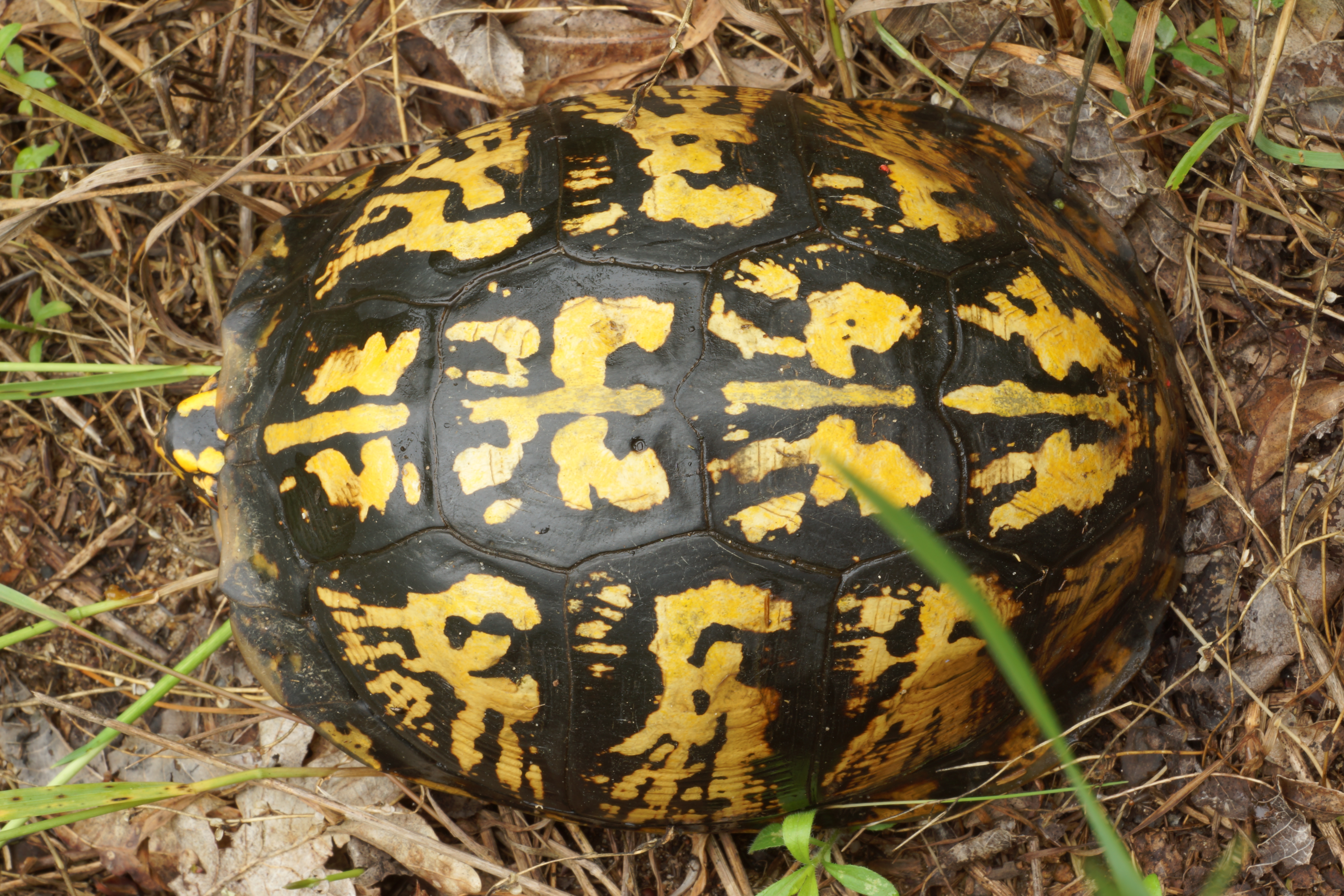


currently unavailable Fast Growing-Easy to Transplant-Heavy Producing
The white walnut is known for its attractive light colored wood and delicious buttery flavored nuts. Rarely will you find butternuts in any quantity like black walnut. My plantings consist of selected seedlings from some of the best nut producers of both wild and cultivated trees in Michigan. If possible I tried to find selections that had good foliage retention and appear resistant to some of the common diseases of butternut like canker and anthracnose.
The two most common seed sources I used were: Kinneyglen and Craxezy. I also found a few productive trees in southwestern Michigan which allowed me to make some selections that I felt at the time produced some highly vigorous non-hybrid seedlings some of which had strong timber like growth habits. These trees are now well established at my farm, however due to the very high amounts of butternut curculio, the trees rarely if ever produce nuts. This is an issue of creating plantings of them as this insect seems naturally low in the wild and naturally high where humans make nice planting of them.
Another factor that people are sometimes considering is whether the trees are hybrid or not. If a healthy tree is a hybrid and can be used for the production of nuts or timber or both, then that tree should be considered as a valuable selection to be used as a butternut or a buartnut hybrid whatever you decide to call it. I keep them separate in my listings only for botanical interest and the background of the trees not whether it is 'pure' of not. Kinneyglen and Craxezy were both excellent seedling producers. As far as I could tell from the parent tree seed to the seedlings, they were true to type. The Eager tree from central Michigan was a long lived 80-year-old tree that I planted a few out. It was likely found in the wild and put in a yard.
Varieties:
4 different selections will be listed once I am able to get them to produce nuts again as well as photograph the trees, nuts and evaluate more closely the nut production. Even if low in nut production, some of the types have strong timber characteristics rarely seen in most wild trees. These were selected from large populations of wild collected trees in Michigan for the most part but also other types that are different than the buartnuts. Buartnut types will be listed separately. Many trees have been hampered in growth by butternut curculio by drilling into the ends of the branches.
| Plant Specs |
| Genus & Species |
Juglans cinerea |
| Seed Source |
Michigan |
| Hardiness |
minus 30F |
| Height (ft) |
60 |
| Width (ft) |
60 |
| Pollination Requirements |
2 Plants are needed it is said, yet lone trees often produce nuts without it. Will cross with buartnut and sometimes heartnuts. |
| Soil |
Wide range of soil conditions, but in heavier loams and rich organic soils, really grows best. Slightly acidic soils are best but tolerant to alkalinity to some extent. |
| Climate |
Zones 3-8. Does well in the colder parts of the Northestern U.S. |
| Ease of Cultivation |
Very easy walnut to grow and establish. The few I know in the wild usually alternate fruit. The tree itself is a worth establishing just for the delicious high oil type of nuts with such a wonderful buttery flavor. Small crack out of 20 percent or less, it may not seem practical to grow but once you eat the nuts, it becomes practical and desirable to have. |

